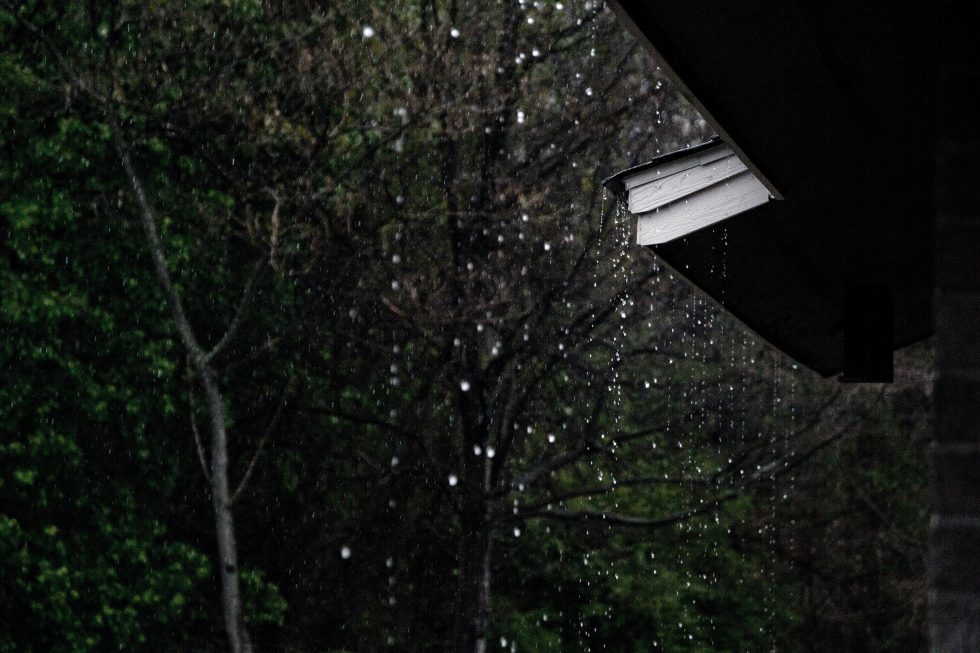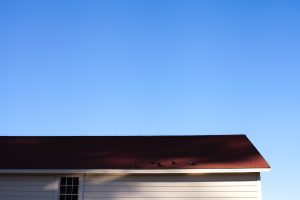
Purchasing a home is one of the biggest investments many people make in their lifetimes. Protecting it from water damage can save you time, money, and stress. Water damage left to fester for even a few short days or weeks could cause thousands of dollars in damage.
Read on to learn more about how airflow, drainage, and inspections can all help protect your home from water damage.
Inspect Your Roof
While roofs are designed to withstand the elements like bright sun, hot temperatures, rain, wind, sleet, and snow, they are not invincible. Roofs are a significant source of leaks in many homes, and because roofs can be difficult to access, small problems can turn into major water issues if left unattended. Damage to wood shingles or barrel roof tiles can let moisture into your home or impact the drainage of rainwater.

A good roof is not complete without gutters, which are specifically designed to manage the water around your home. Gutters that are blocked or flowing water in the wrong direction can cause issues not just with your roof, but also with nearby windows and siding.
Regularly inspecting your roof and gutters, and making sure they are clean, is one of our top tips for preventing water damage in your home.
Check For Leaks Around Windows
Wherever there is a window, there is a chance that water could enter your home. Checking regularly for leaks around windows is a little easier than ascending to your roof on a regular basis.

There are some obvious signs of leaky windows including:
- Damage to the window frame on the exterior
- Drafty windows
- Dripping water
- Obvious signs of mold or mildew on or around your windows
Regularly inspecting your windows is another item to add to your home maintenance checklist to prevent water damage. For leaky windows, vinyl replacement windows can help you keep the water where it belongs—outside!
Keep The Air Flowing
While it may seem like a good idea to totally seal your home off to keep moisture out, you do not want an airtight and watertight property. Buildings need proper ventilation throughout the structure to keep air flowing and prevent moist environments. There are many ways to do this, starting from the top of your home and working your way down.
Attic Airflow
Proper airflow in your attic, through vented soffit panels, allows air to flow in and out of the attic space, a common area that suffers from water damage. Proper airflow at the top-most level of your home can protect any investment you made in your roof, keeping shingles in better shape, and preventing rot and mold along your roofline. As a bonus, protecting that attic space will also help provide more efficient heating and cooling for your home.
Main Living Space
Moving into your main living spaces, central heating, ventilation, and air conditioning (also known as “HVAC”) can keep the air flowing through the rest of your home, helping to manage moisture buildup and humidity.
Ground Floor, Crawl Spaces, and Basements
And as we keep going from top to bottom of your home, we end up on the ground floor or in some houses, a crawl space under the home or full basement. Just regularly inspecting the utilities located in the areas is a good start but making sure that you have proper drainage installed like sump pumps can keep your ground-level and below-grade spaces dry.
Drainage, Drainage, Drainage
Exterior drainage is also a significant source of water damage to homes. Proper yard irrigation and clever landscape design can keep water flowing away from your house and into systems specifically designed to handle significant volumes of water.
By pitching your yard and drainage towards municipal water management systems or a professionally installed rainwater catchment system, you can direct water where you want it to go—far away from your home!
Other Common Sources of Water Damage:
Anywhere that water flows, the threat of water damage exists. Pipes, your landscape drainage systems, washing machine supply lines, sprinkler systems, hot water tanks, and more can all present challenges if not properly maintained and inspected.

And on an important safety note, if you do not know where your water main shut-off valve is located, do yourself a favor and locate this critical utility within your home. Make sure anyone spending time in your home is aware of how to quickly shut off the water in the event of an unexpected leak or burst pipe. In an emergency, you don’t want to waste valuable time trying to locate the shut-off valve in the heat of the moment.
Prevention is Key to Avoiding Water Damage
While water damage can be costly and stressful, the good news is that it’s not hard to keep your home’s systems in running order with the proper inspections. The best way to protect your home from water damage is to prevent it from happening in the first place. A professional home inspector can help you understand the current state of your property and guide you through improvements and other preventative measures that will protect your property from water damage for years to come.
Brian Jeffries is the content director for the Innovative Building Materials blog and a content writer for the building materials industry. He is focused on helping fellow homeowners, contractors, and architects discover materials and methods of construction that save money, improve energy efficiency, and increase property value.
